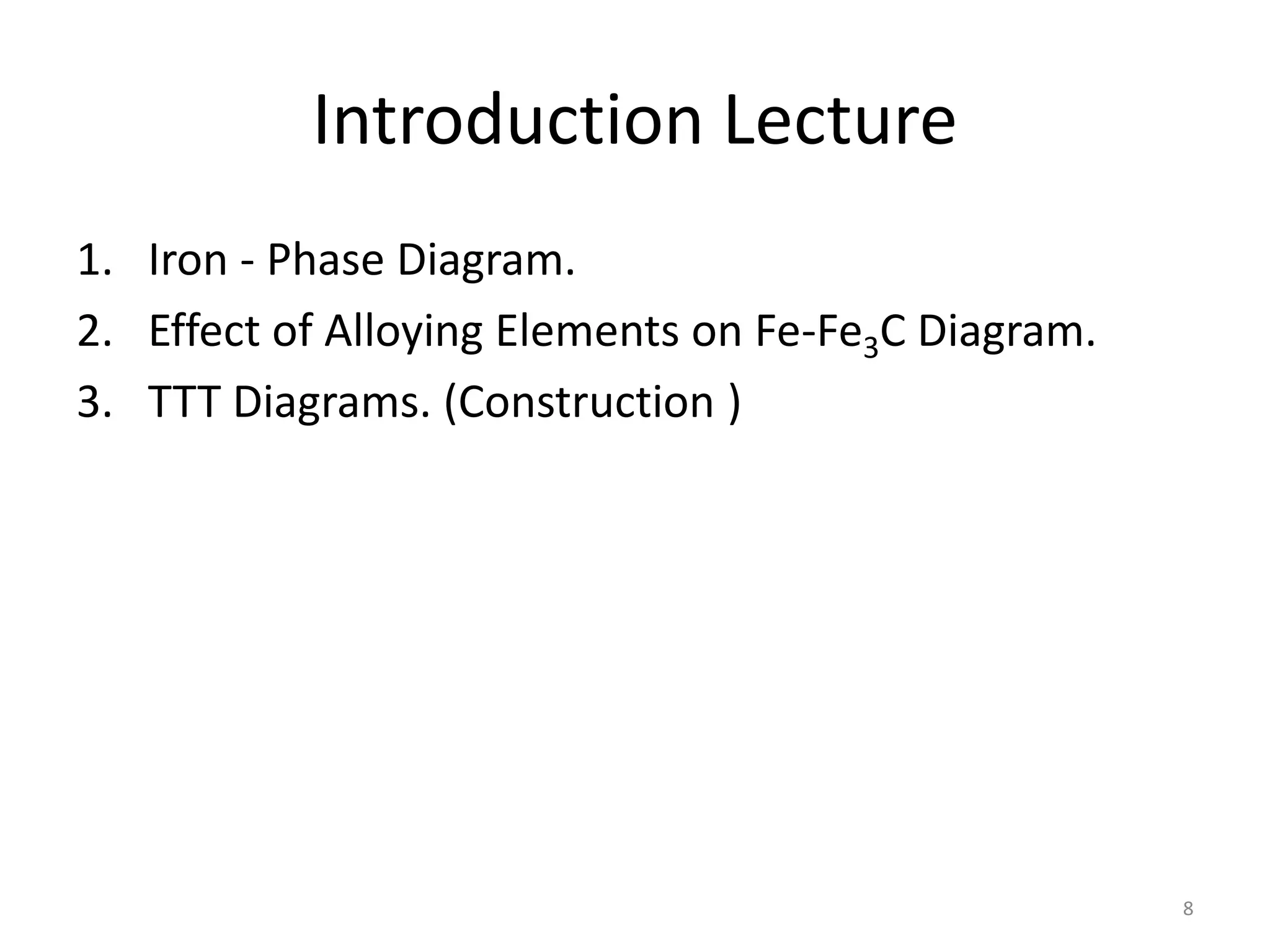Austenitic iron is non-magnetic, while ferritic iron is magnetic, due to their different temperatures rather than phases. Magnetism in iron arises from electron spin alignment within atomic zones. Above the Curie temperature, thermal energy disrupts zone formation, eliminating magnetism. The Curie point for iron is near austenite's stability range, but heating ferrite or quenching austenite above the Curie point also removes magnetism, demonstrating it is a temperature not phase effect.


















































